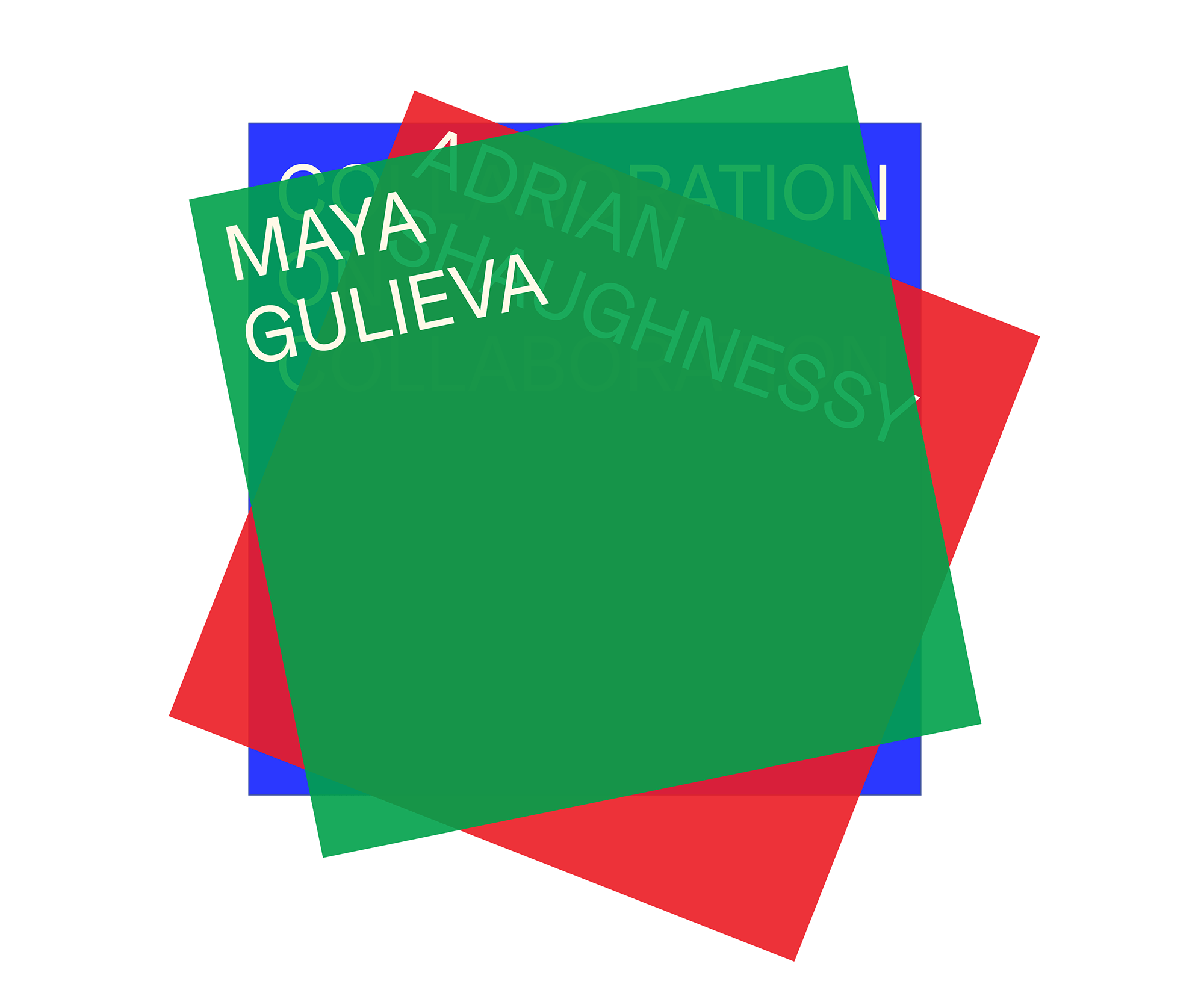


 February 19th, 2020
February 19th, 2020
 4:41 min read
4:41 min read  1289 words
1289 words
This column showcases a variety of positions on collaboration.
We asked people who we loved and hated collaborating with in the past, people we are collaborating with now, and people we hope to collaborate with in the future to respond to the same question: What is collaboration to you?
Each writer will build up and respond to the others’ perspectives through their personal experiences.
We hope you enjoy the series.
– Betty Brunfaut and Bakhtawer Haider
& on collaboration
But mainly on the questions it raises
Joining Adrian Shaughnessy’s class, Publishing As Creative Practice, I was obsessed with the idea of collaboration: Together, making something greater than I could on my own.
I panicked slightly when, at first, the process didn’t meet my expectations; for the most part, because not much was happening. We gathered. Some talked, most said very little. We reconvened. Some suggestions were made, but always inconclusive. Why wasn’t everyone just collaborating?
My rainbow coloured idea of collaboration turned out to be a grey area. Throughout collaborating as a group of 15, then ten, then six people, at some point, we all wondered:
Is collaboration for me?
Is my voice being heard?
Is everyone putting in equal effort?
Is everyone working to the same standards? What are we sacrificing to reach agreement? How are our goals set? By a democratic vote? Who is keeping track? Do we all share and follow the same vision? Do we need one person to have a vision? Who or what is the source of proactive force? Is anybody setting the pace for the project? Who oversees the cohesiveness of the parts to make a whole? Is there room for leadership in collaboration? Do we need one, two or three leaders?
Paving the way for ideas, setting in place the mechanisms for collaboration to happen is nothing short of challenging. Leadership can be integral to getting the project off the ground, especially when the road to success is misty and dark, and can even be the spark for collaboration. But doesn’t the very idea of one person leading contradict what collaboration should be?
Collaboration is a space — an atmosphere even — with a delicate, fragile balance; I would urge you not to disturb it needlessly. The best kind of leadership is facilitating others, and knowing when to step back. The best kind of partnership is recognising when your partners are doing great leadership work, and supporting them in this endeavour. Confidence and proactiveness will lead; ego will divide.
Leadership is just one of the many questions collaboration raises.There is also a question of ownership, for example. Who owns what in the end? Do we each own sections we designed? Is there room to own ideas? Who even thought of what first? Do we have rigid roles with rigid outcomes? But isn’t it better to have all hands and minds on deck? Do we need a signed agreement?
Swimming through the cloudy waters of collaboration, my sunniest, most memorable moments were of us all, together, happy with our choices as a group, regardless of who brought the idea to the table. I wouldn’t even call it a consensus but a collective vision of what benefits the project — this made good choices obvious. Whilst the approach of divide and conquer helped move things forward, it was during the times we spent together when, suddenly and randomly, real gems came out. Ideas pooled, mixed and catalysed in one big collaborative pot. Would it make sense to then start separating out the ingredients of the cooked broth? Sharing seems to be at the crux of collaboration.
Frankly, every one of us had dropped the ball at some point — and that was okay because we shared the load. Someone always had your back. A big reason to collaborate is that you can share success and failure! Best kinds of collaborations are sources of shared support.
Good collaboration is not finishing each other’s sentences and being perfectly in sync. On the contrary, it’s the disagreements, the clashes, the rebuttals — the ups and downs of collaborative processes that made decent ideas not just great, but relevant.
Nonetheless, it might be worth taking the rose-tinted glasses off. Not everyone can collaborate — not everyone should collaborate! Collaboration is not the be-all-and-end-all solution to creativity, especially not when carrying out a precise artistic vision. Thus, before diving into the wonderful potential that is collaboration, really understand what collaboration might be, why you need to collaborate, and who you are collaborating with. More integrally, are you someone who people would want to collaborate with?
There are no clear-cut vision collabo-spectacles. And yet, in the sea of questions, one thing is crystal clear: the six of us could not have achieved a sixth of what we did on our own. Collaboration has been the most humbling experience, and I would do it again in a heartbeat. Collaboration is for me.
Is collaboration for you? You won’t know until you try.
– Maya Gulieve
With a huge thanks to Adrian Shaughnessy, Camille Le Flemm Guillaume ToffelI, Iain Worgan, Jin Gao, Qiaochu Qin, Rocco Punghellini, and Yuan Xu